Primary care doctors often guide discussions on cell therapy and explain how cell-based services are utilized. Many practices offer platelet-based approaches and related therapies in outpatient settings, with a focus on supporting the body’s natural processes. Doctors typically aim to give patients clear information about what these services involve, where they may fit in a care plan, and what to expect from treatment.
What Is Cell Therapy?
In primary care and integrative settings, cell therapy frequently refers to procedures that use components from a patient’s own blood to support tissue health. A common approach involves drawing a blood sample, separating the plasma, and concentrating platelets prior to administration. The prepared solution may be introduced into a joint or into the blood system, depending on the treatment plan.
What Conditions Can It Address?
Cell therapy services are often discussed for musculoskeletal concerns and other wellness goals. These may include joint inflammation, tendon strains, and recovery support after orthopedic procedures. Some clinics also list broader concerns such as osteoarthritis, acute sports injuries, persistent pain, or systemic symptoms. Practices that provide phototherapy patches may utilize them to boost general wellness, energy support, or skin appearance.
It is helpful to review the specifics of any offering before moving forward. Primary care doctors can discuss whether a service is suitable for a patient. They can review what the visit entails, how many sessions are typical, what post-visit activity restrictions apply, and how progress will be tracked. This practical planning helps align expectations and promotes continuity with your broader care.
How Does It Work?
Cell therapy visits usually follow a structured pathway. The process can begin with a review of symptoms, health history, and current treatments. Clinicians determine the target area or approach and set baseline measures for later comparison. You may receive guidance on activity before and after the visit.
A blood sample is drawn in the clinic. The sample is placed in a centrifuge to separate plasma and concentrate platelets. This stage generally takes place on the same day as treatment. The platelet-rich solution is delivered to the intended site. For joint or tendon targets, injection techniques may be used in a clinical setting. Some protocols describe intravenous delivery for systemic approaches. Related services, such as peptide therapy or hormone therapy, have their own protocols for dosing, intervals, and monitoring. If these are part of your plan, your primary care doctor can organize sequencing, address potential overlaps, and maintain a record of what has been used and how you responded.
Speak With Primary Care Doctors
If you are exploring cell therapy services, start with a visit to your primary care doctor. Bring your medical history, current medications, and any information you have about a proposed service. Discuss how these services fit with any ongoing treatments and what steps you should take after the visit. Your primary care team can coordinate referrals, outline a safe monitoring plan, and help you decide whether and when to proceed. This approach keeps your options aligned with your goals and supports clear, consistent care from evaluation through follow-up.





